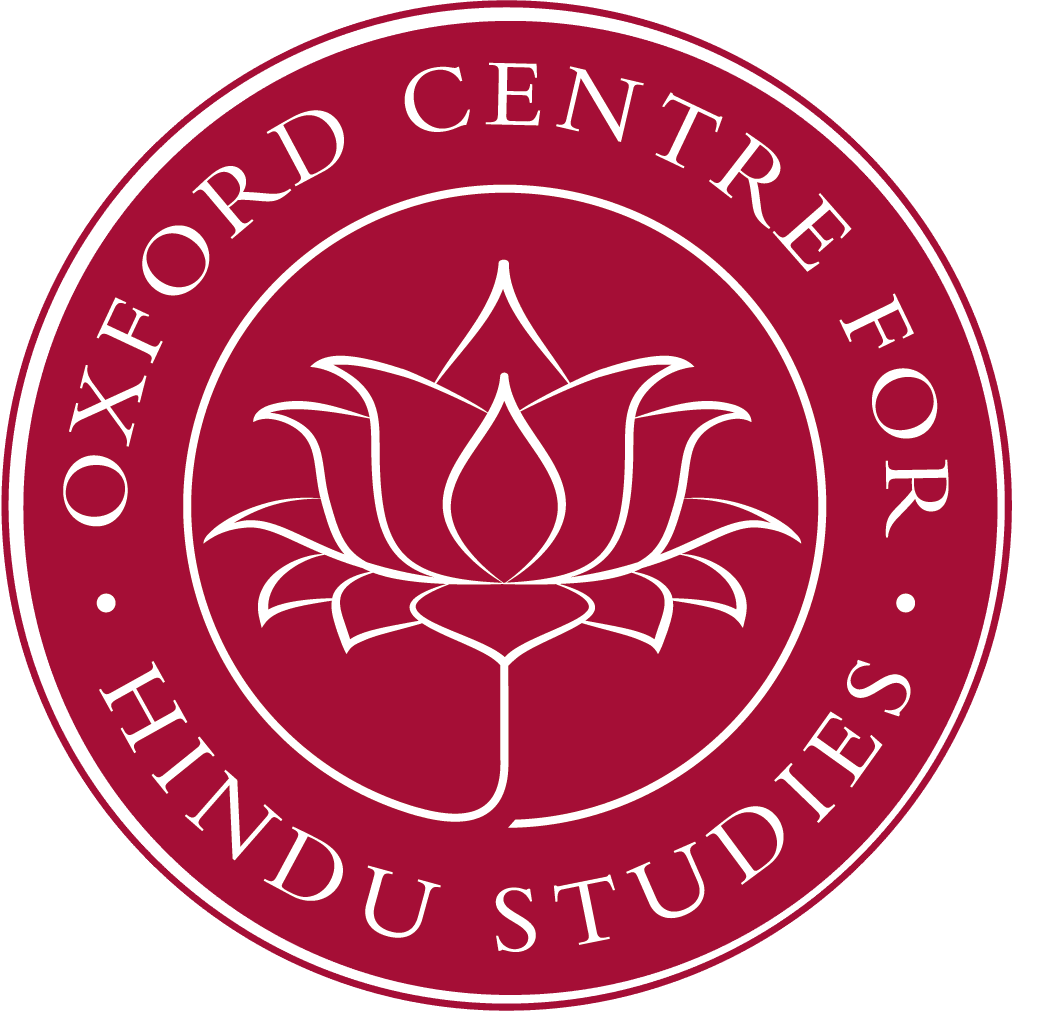These four, interrelated talks on Mohandas Karamchand Gandhi (1969-1948) may be considered as an attempt to understand and articulate the coherence of an exemplary life. Given how he regarded it himself—“My life is my message”—Gandhi invites to be read in terms of a consistency in his anubhav (original experience), vichar (thought and ideas), and achaar (conduct and action). To that extent, his is a life which sets itself up almost in opposition to modernity—almost, because it might be reductive to see Gandhi merely as an opponent of modernity. But if the primary tendency of modernity, as Gandhi himself described it in Hind Swaraj (1909), is centrifugal, then Gandhi’s lifework was contrary to modernity in being centripetal. The 100th anniversary of Hind Swaraj, then, affords us a special occasion to re-examine key facets of Gandhi’s life in an integral, rather than fragmentary fashion, asking what he has to say to our own times.
In all, these four presentations are not merely academic explorations of Gandhi’s life and thought, but also investigations into what it may mean to be (neo)-Gandhian in our times.
The first of the four presentations, on “The Death of Gandhi,” is a way of recuperating his life through the traces of its violent termination. Such a methodology involves us in a reading of the two sites in New Delhi which have come to memorialize that fatality, Raj Ghat and Gandhi Smriti. Delhi, itself a city of tombs, lends itself well to such a semiology of cenotaphs and sepulchres. Raj Ghat and Gandhi Smriti—the one a state mausoleum, the other a monument to the Mahatma’s martyrdom—might thus yield special insights as texts of national self-constitution and interrogation. However differently they make meaning of the catastrophe, both places beg the same question, “Who killed Gandhi?” And the answers that emerge are, to say the least, somewhat surprising in that they reveal the different kinds of demise that Gandhi has suffered at the hands of a multiplicity of actors.
Makarand Paranjape is a Professor of English at Jawaharlal Nehru University, New Delhi. A critic, poet, fiction writer, and literary columnist with over thirty books and 100 published academic papers to his credit, he is also the author of more 250 reviews, notes, and popular articles. His latest book is Another Canon: Indian Texts and Traditions in English (Anthem Press, forthcoming).
